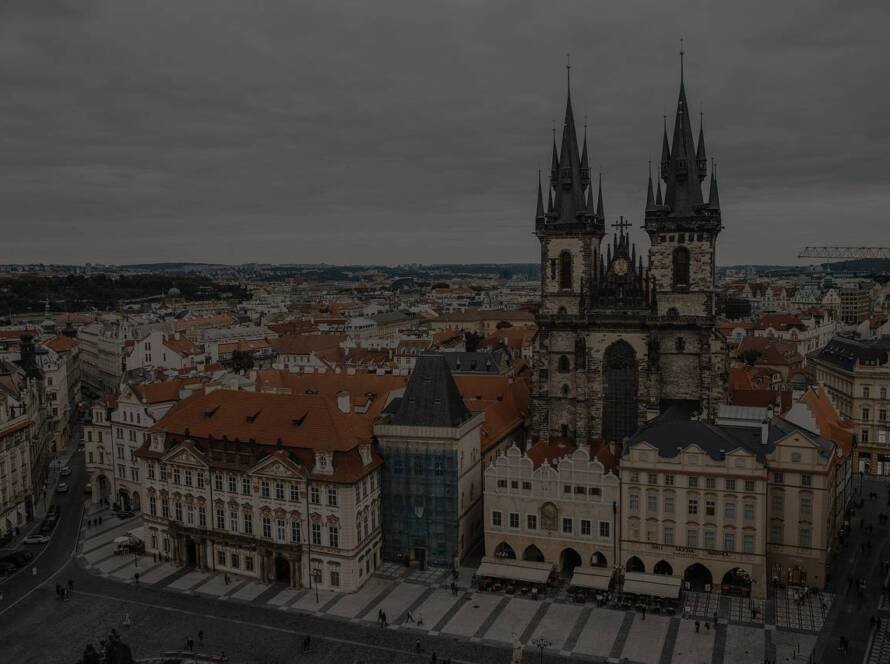[ad_1]
Exploring Prague’s Rich History: From Medieval Architecture to Modern Culture
Prague, the capital city of the Czech Republic, is a fascinating destination known for its rich history, stunning architecture, and vibrant cultural scene. From its medieval roots to its modern-day attractions, Prague offers visitors a journey through time, showcasing the many layers of its storied past.
Medieval Architecture
One of the most striking aspects of Prague is its medieval architecture, which has been beautifully preserved over the centuries. The city’s historic center, a UNESCO World Heritage site, is home to a wealth of medieval buildings, including the iconic Prague Castle, the largest ancient castle in the world. The castle’s complex includes various architectural styles, from Romanesque to Gothic to Baroque, providing a snapshot of Prague’s architectural evolution over the centuries.
The Charles Bridge is another medieval marvel, with its 16 arches and 30 Baroque statues dating back to the 17th century. This iconic bridge, which spans the Vltava River, is a favorite spot for both locals and tourists, providing breathtaking views of the city and its surrounding landmarks.
In addition to these iconic structures, Prague boasts countless medieval churches, synagogues, and other historic buildings that have stood the test of time. Exploring these architectural wonders is like taking a step back in time, as visitors immerse themselves in the medieval charm of the city.
Renaissance and Baroque Influences
Prague’s architectural landscape also features a significant influence from the Renaissance and Baroque periods. Notable examples include the stunning St. Vitus Cathedral, a masterpiece of Gothic architecture with Renaissance and Baroque elements, and the intricate facade of the Church of Our Lady Before Týn, a striking example of the city’s Baroque legacy.
These architectural styles have left an indelible mark on Prague’s cityscape, blending seamlessly with the medieval structures to create a unique and captivating visual experience. Whether wandering the cobblestone streets of the Old Town or admiring the grandeur of the city’s many palaces and town houses, visitors are sure to be enthralled by the architectural diversity of Prague.
Modern Culture
In addition to its historic architecture, Prague is a thriving cultural hub with a dynamic modern arts scene. The city is home to numerous museums, galleries, and performance spaces, showcasing everything from classical art to cutting-edge contemporary works.
The National Gallery in Prague is a must-visit for art enthusiasts, housing an extensive collection of Czech and international art spanning centuries. The Veletržní Palace, one of the gallery’s venues, is particularly noteworthy for its modern art collection, featuring works by renowned artists such as Pablo Picasso, Vincent van Gogh, and František Kupka.
Prague also boasts a vibrant music scene, with a rich tradition of classical music dating back to the 18th century. The city’s historic theaters, including the National Theatre and the Estates Theatre, have hosted performances by some of the greatest composers and musicians in history, and continue to be cherished venues for opera, ballet, and symphonic concerts.
Meanwhile, Prague’s contemporary art and music scene are also flourishing, with many independent galleries, performance spaces, and underground clubs providing platforms for emerging artists and musicians to showcase their talents. The city’s diverse cultural offerings ensure that there is always something captivating and engaging to experience, making it a destination that appeals to a broad range of tastes and interests.
FAQs
Q: Is Prague safe for tourists?
A: Prague is generally considered to be a safe destination for tourists. Like any major city, it’s important to take normal precautions, such as avoiding poorly lit areas at night and keeping an eye on your belongings in crowded places. Additionally, be mindful of tourist scams, such as fake currency exchange offices or overly aggressive vendors in touristy areas.
Q: What is the best time to visit Prague?
A: The best time to visit Prague is during the spring or fall, when the weather is mild and the city is alive with cultural events and festivals. Summer can be quite crowded with tourists, while winter can be cold and less lively, although it offers a charming atmosphere with the city’s Christmas markets and winter activities.
Q: Are English speakers common in Prague?
A: Many people in Prague, especially those who work in the tourism industry, speak English. However, it’s always helpful to learn a few basic Czech phrases or carry a phrasebook to facilitate communication while visiting the city.
In conclusion, Prague is a city that effortlessly marries its medieval past with its modern cultural offerings, creating a captivating destination that appeals to history enthusiasts, art aficionados, and travelers of all kinds. With its stunning architecture, vibrant arts scene, and warm hospitality, Prague offers a truly immersive and unforgettable experience for visitors from around the world. Whether you’re exploring the city’s medieval landmarks or taking in its contemporary cultural attractions, Prague is a destination that promises to leave a lasting impression.
[ad_2]


